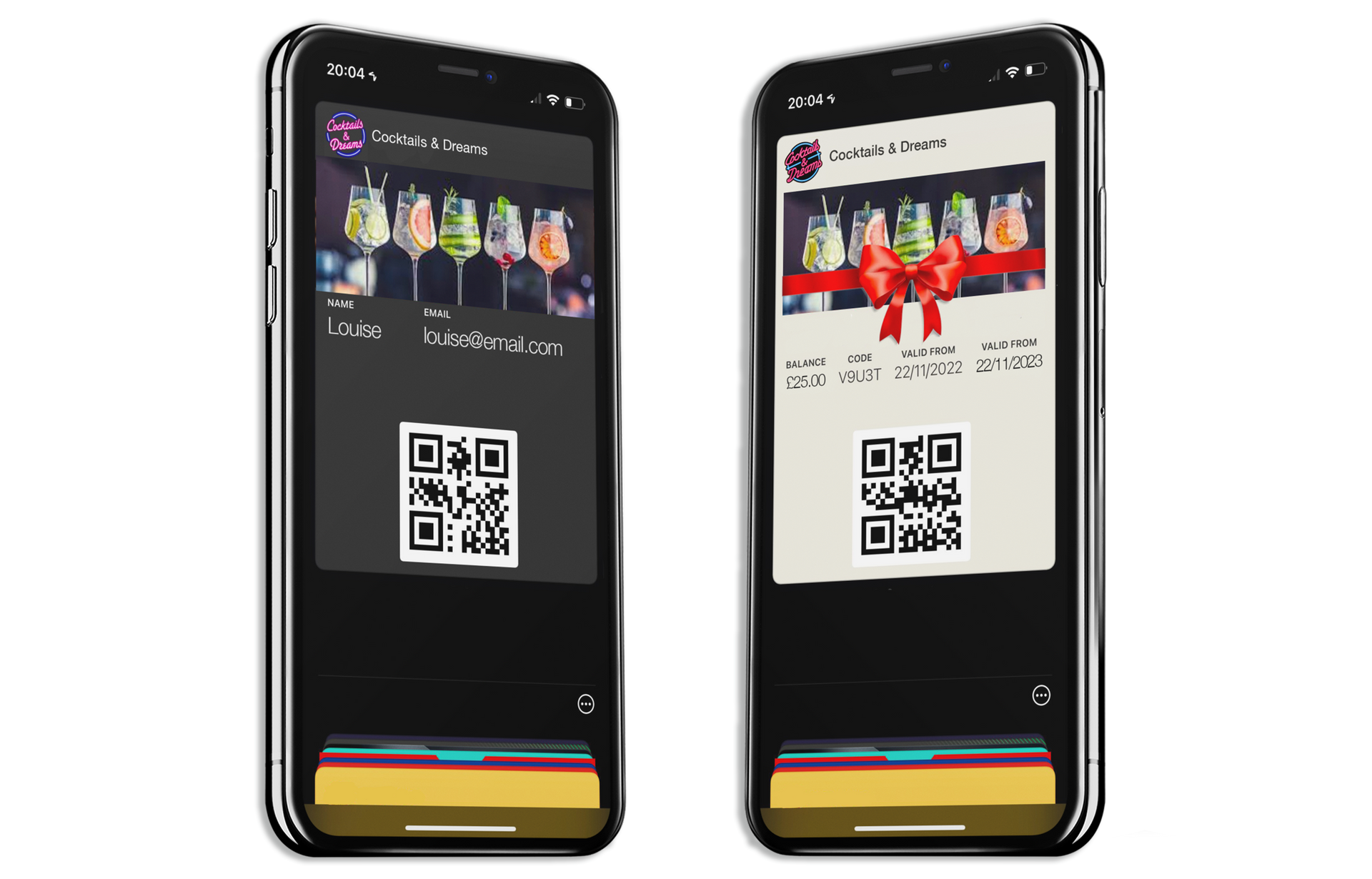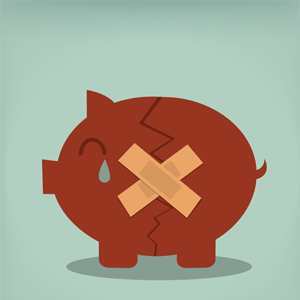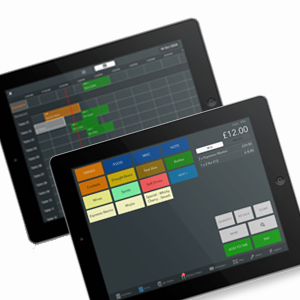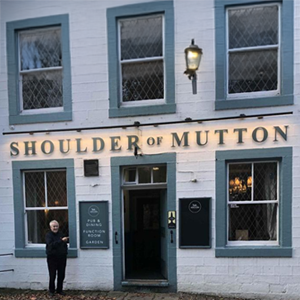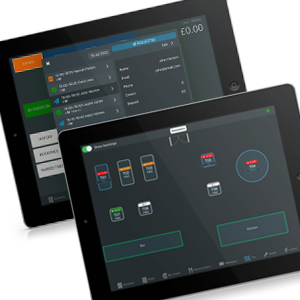Is the QR code dead?
The QR code has been around for decades, but only during the COVID 19 pandemic did their use become so widespread. With social distancing regulations in place, food & drink ordering apps took off in pubs, bars and restaurants like never before. The quickest and easiest to use involved scanning a QR code to go straight to a menu and start placing your order. But now those times are happily being confined to history, are customers fed up of QR codes? Will the use of these fade out as quickly as it as it expanded?
We consider this question by looking at some of the main uses of QR codes today.
Mobile ordering
The most familiar use of a QR code to todays consumer is scanning a code on a table to place an order in a bar or restaurant. Following the prolific rise of ordering apps during the pandemic its only natural that their use would decrease once society opened up and regulations were relaxed in more normal times. This can only be a good thing.
We’ve long held the view that ordering via QR code should be presented as an option to guests to use if it can benefit their experience. Though some businesses mandated the use of QR codes even as regulations were relaxed, causing customers to be become frustrated - trying to place an order for a large family meal with various allergies to cater for does not lend itself well to ordering via an app.
Similarly, many venues that would never usually have considered having their customers order via an app introduced this during the pandemic for very good reasons. These venues, where face to face ordering is expected and valued, have quite rightly dropped, or very much limited, their use of ordering apps.
On the other hand, many venues have found ordering via an app, triggered by scanning a QR code, offers their customers an option that many want to use. Sitting at a table in a busy bar, being able to place an order via an app can be a really great benefit, as long as doing so is quick and easy.
Sitting in a beer garden with two kids and a dog, a QR code on the table can be a life saver (as I can personally testify to).
So, yes the use of QR codes to place orders has reduced from its peak. But as a method of ordering that is now very familiar to most people and can be very convenient in the right situation, I don’t see it dying out any time soon.
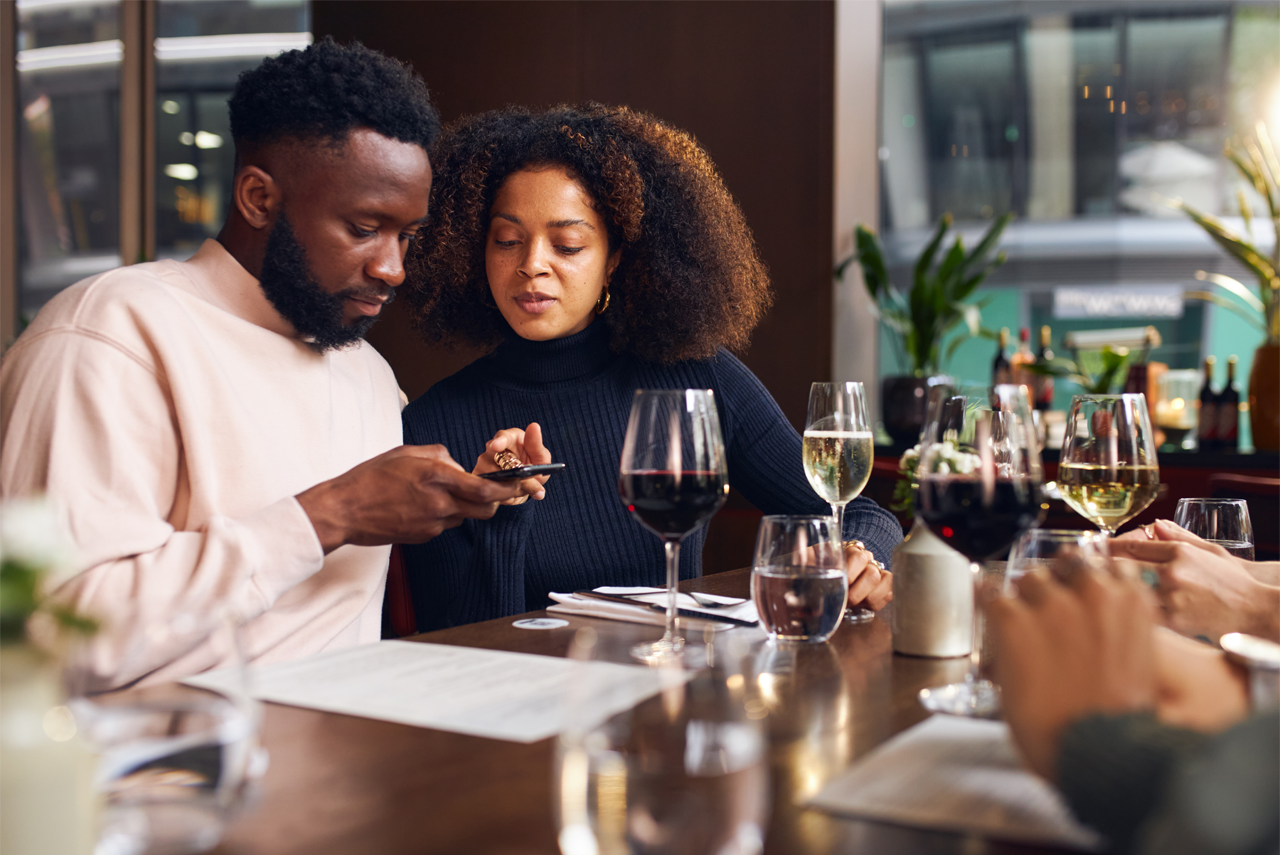
Loyalty
An expanding use of QR codes today is on loyalty passes. Most large coffee shop chains and a QR code in their app that you can scan to earn your benefits. Our own loyalty schemes are based around a digital QR code pass that sits in your Apple or Google wallet. As a method of a customer identifying themselves a member of your hospitality loyalty scheme, QR codes are still high up the list. If anything, the use of QR codes here is probably still increasing, and can remove the need for customers to download multiple specific loyalty apps.
Tipping
Another increasing use of QR codes today is as an easy way for customers to leave tips. With so many customers not carrying cash, and many venues having gone cashless, being able to take tips by new methods has become increasingly popular. One of the simplest ways of using a QR code to take a tip is to print one on a customers receipt, that links to a service such as Tipjar. Similarly, these can place around the venue or on the bar.
How many customers leave tips via this method? Against a tipping option on a card machine, or an optional service charge, the value of tips gained from a QR code is probably not going to stand up. But some businesses prefer a softer approach, and with the cash left on the bar or table now a dwindling option, the QR code can have its place.
Reviews
Similar to tipping, a QR code on a receipt can be an easy way to encourage customers to leave you a review. Whilst for tipping, many businesses might prefer the more up front methods stated above, leaving a review is always going to be done after the experience, so a QR code on a receipt can be enough to trigger the thought, particularly if a customer has received very good (or bad...) service.
Paying
For traditional pubs or restaurants, where face to face ordering is a valued part of the experience, QR codes can still be used a convenient method for those who don’t like having to hang around to pay their bill. A QR code on the table, can open up a diner’s bill and provide the option for them to pay on their phone. There will still be venues where even this use of the technology is too much, but many others that find QR codes just for payment to be a nice balance.
Conclusion
So to sum up, we don’t think QR codes can be written off just yet. As some use cases drop off, others are increasing. There may even be other uses that are yet to be developed as technology moves forward and becomes more commonplace in hospitality to make guests lives easier.
If you are interested in finding out more about our hospitality EPOS system, get in touch with our team of hospitality experts.
CONTACT US
Sales 01924 806 074
Support 01924 806 495
Registered Business Address
Tabology Ltd
Avenue HQ
10 - 12 East Parade
Leeds
LS1 2BH
United Kingdom
USEFUL LINKS
NEWSLETTER SIGN-UP
Thank you for subscribing to our blog.
Please try again later.
All Rights Reserved | Tabology

